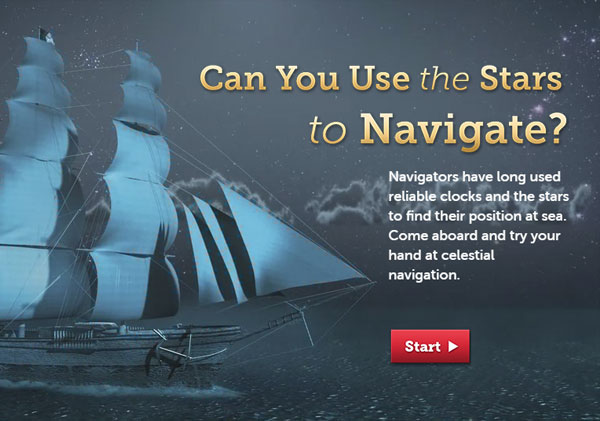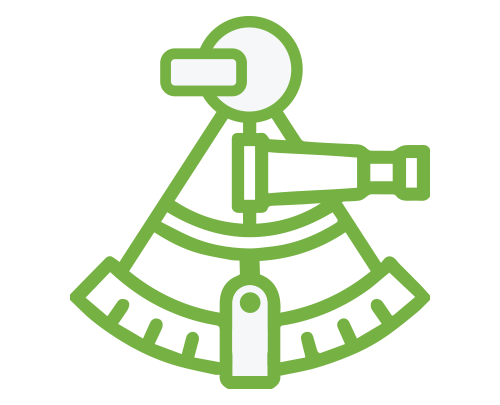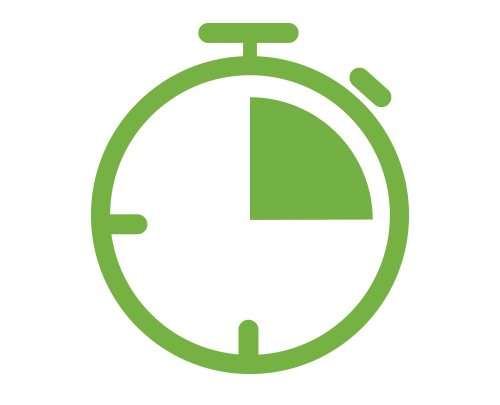Pearl Young
In 1919, a young woman from Rugby named Pearl Young graduated from the University of North Dakota (UND) with degrees in physics, math, and chemistry. A Phi Beta Kappa member, after graduation she conducted research and taught physics at the university until 1922 when she went to work for the National Advisory Committee for Aeronautics (NACA). At the time, she was one of the 21 women physicists in the United States and one of only two who worked for the federal government.
Her job was in the Instrumental Research laboratory. Later she encouraged aerospace scientists to use uniform methods for writing and publishing about aeronautics and became editor of NACA publications. In 1947, Young left NACA for a university position, but later returned. She was working for NACA when it changed its name to National Aeronautics and Space Administration (NASA).
John “Jack” Olson
Born on a farm near Bottineau in 1922, John Olson attended UND before going into the Army Air Corps during World War II. After the war, he studied design and aeronautical science. Following a career in manufacturing design, Jack went to work for Boeing’s Aerospace division where he worked on innovative designs including one that paralleled the Hubble Telescope, a lunar vehicle, a manned station for Mars, and a solar power satellite. He also designed the Boeing Jetfoil boat which crosses the English channel.
In retirement, Olson designed a small park located at the west end of the Turtle Mountains. In this park, called Mystical Horizons, there is a wall which mimics England’s Stonehenge in that it has a notch which lines up with the sun on the solstices. There is also a siting tube for the North Star and a human sized sun dial. In these objects, Jack Olson arranged for passing North Dakotans to position themselves among the stars and the planets in our solar system.
James Buchli
North Dakota’s first astronaut. He was born in New Rockford and grew up in Fargo. He graduated the US Naval Academy in 1967 and joined the Marine Corps. After service in Vietnam he trained to become a pilot. In 1979, James became an astronaut. He flew on four missions including a six day flight on the Space Shuttle in 1991. James retired from NASA in 1992.
Tony England
North Dakota’s second astronaut was born in Indiana, but grew up in Fargo and West Fargo. After college, and earning a Ph.D. from Massachusetts Institute of Technology, England joined the space program. He worked first on support crews for space missions, including Apollo 13. England was director of the team that solved the problem aboard that spacecraft. He also served as the person who communicated with a moon-landing mission in 1972 because he had trained that crew in moon geology. In 1985, England went into space on the space shuttle Challenger, seven months before the shuttle tragically exploded. England continued working for NASA in mission development until 1988.
Richard Hieb
North Dakota’s third astronaut and biggest booster grew up in Jamestown where he watched the astronauts walk on the moon on his grandmother’s television. He attended the University of Colorado and began working for NASA in a summer job. He later returned to NASA in full-time employment. In 1985, he was selected to become an astronaut. He made three space flights between 1991 and 1994. His work involved extra-vehicular activities including on in 1992 when he and two other astronauts grabbed with their hands a 4.5 ton satellite that had gone off course. After repairs, they sent the satellite back into its designated orbit. Heib also participated in a three-man space walk which lasted more than eight hours—a record that would stand until 2001. At the end of his career, Hieb had spent over 750 hours in space and 17 hours on space walks. In 1988, Hieb noted that North Dakota has the highest per capita ratio of astronauts of any state, and that the state had as many astronauts as it has delegates to Congress.
Karen L. Nyberg
North Dakota’s next astronaut became a mission specialist in 2000. Karen Nyberg was born in Minnesota and graduated Summa Cum Laude from UND with a degree in Mechanical Engineering. She worked for NASA for several years before she went into space in 2008 on a mission that lasted thirteen days. Nyberg has accumulated 180 days in space over the course of the two missions. Dr. Nyberg has since served in the Space Shuttle branch, the Exploration branch and as Chief of the Robotics branch at NASA.





